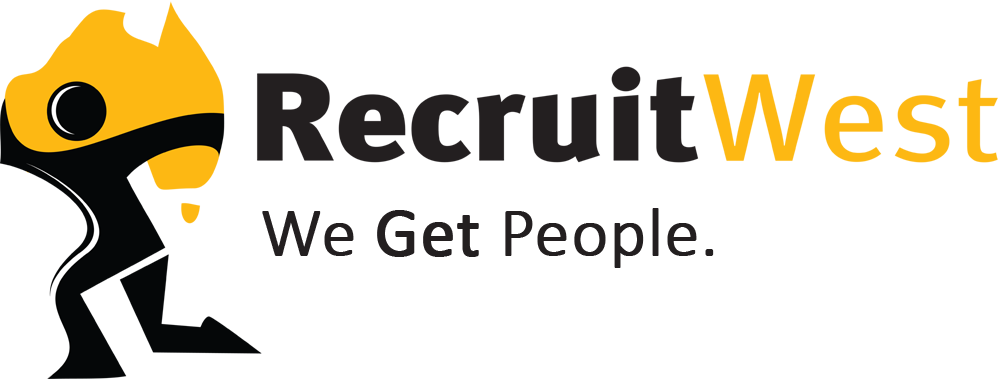Since its establishment in 2002, LinkedIn, now owned by Microsoft, has emerged as a critical tool for recruiters and people seeking new employment opportunities.
As of June 2019, LinkedIn had 630 million registered members in 200 countries and is used by 92 per cent of Fortune 500 companies. Importantly, it’s also used by many local organisations, making LinkedIn a great way for candidates like you to be discovered by businesses big and small. So, with millions of people using LinkedIn, what can you do to make sure that recruiters and businesses find you? Here are six tips to help you stand out.
Use an up-to-date professional headshot
This should be a top priority when you’re upgrading your LinkedIn profile. A professional headshot can project confidence and competence, and, more importantly, allow people to associate a face with your name (this is particularly useful if multiple people share your name). A headshot can also give people a sense of your personality. Will it be restrained and professional? Bright and creative? A picture is worth a thousand words, so give people a strong first impression with your headshot.
Write an engaging summary
The LinkedIn summary section gives you 2,000 characters that you can use to discuss who you are, what experience you have, and why prospective employers should choose to work with you. Of course, it’ll be difficult to make your case if people start nodding off halfway through your summary, so make sure that it’s engaging for new readers. For inspiration, LinkedIn itself has collected 10 example summaries that highlight different ways of connecting with readers.
Show off your portfolio
With LinkedIn, it’s possible to embed videos, website links, PDFs, infographics, images, and more into your profile. This offers you two fantastic opportunities. First, you can create a visually engaging profile on which text is broken up with other forms of media that keep people interested in who you are and what you can do. Second—and this is particularly important if you work in a creative industry—you can use LinkedIn to share your portfolio with prospective employers. So, if you’ve directed a video, produced a song, written a novel, designed a website, published research, or otherwise excelled professionally, you can rely on LinkedIn to help you show off your accomplishments. Here’s how.
Ask for recommendations
Have you impressed a previous employer? Are they happy to recommend you to future employers or clients? LinkedIn provides the perfect way for them to do just that. LinkedIn recommendations appear on your profile, allowing future employers to see how you’ve performed in the past. Your LinkedIn connections can also endorse your mastery of specific skills and recommend you to third parties. To find out how to refer to this LinkedIn guide.
Build your network
This is probably the most important step. After all, LinkedIn is all about building a professional network so you can find out about new opportunities, support your colleagues and friends in their accomplishments, and develop a strong online reputation. Using LinkedIn, you can send people ‘invitations’ (the equivalent of a friend request), communicate with them using direct messages, and also connect with people nearby. To find out how to build your LinkedIn network, see LinkedIn’s guide here.
Stay engaged
There are some things in life that you can ‘set and forget’: LinkedIn isn’t one of them. To remain relevant and visible on LinkedIn, it’s important to stay engaged, whether that means updating your profile to reflect new career developments or interacting with other people’s posts by liking or commenting on them. For tips on how to engage effectively with the content on LinkedIn, follow the steps in this simple guide.


